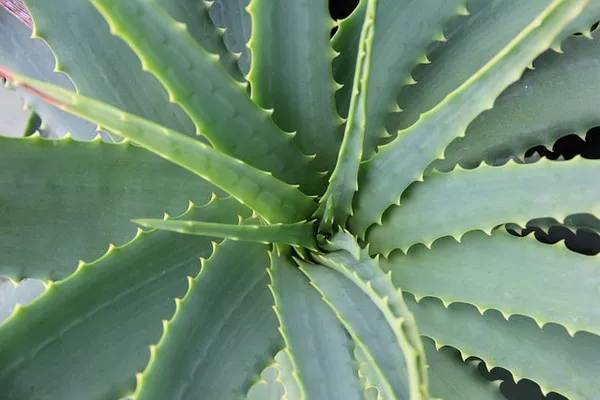Succulents, with their captivating shapes and drought-resistant features, have become a popular choice for gardeners and plant enthusiasts alike. These resilient plants have an intriguing origin story, tracing their roots back to diverse regions around the world. In this article, we delve into the fascinating journey of where most succulents come from, exploring the diverse geographical origins and highlighting the factors that make them unique and cherished by many.
Origins in Arid and Semi-Arid Regions
Succulents have evolved over millions of years to survive in arid and semi-arid regions where water is scarce and unpredictable. These environments present challenging conditions for most plants, but succulents have adapted to thrive under such circumstances. Their ability to store water in their leaves, stems, or roots allows them to endure prolonged periods of drought.
Native Regions of Succulents
a) Africa:
Africa is undoubtedly the birthplace of numerous succulent species. Countries like South Africa, Madagascar, Namibia, and Kenya are home to some of the most iconic succulent varieties, including Aloe, Haworthia, and Euphorbia. The diverse landscapes and climatic variations across Africa have contributed to a rich succulent diversity in the continent.
b) Americas:
The Americas boast a wide range of succulent species, particularly in regions like Mexico, the southwestern United States, and parts of Central and South America. Cacti, a prominent succulent family, primarily thrives in these areas, including the majestic saguaro cactus (Carnegiea gigantea) and the prickly pear cactus (Opuntia).
c) Asia:
Asian countries like China and India are also home to several succulent species. The genus Crassula, which includes popular houseplants like the Jade Plant (Crassula ovata), has its origins in these regions.
d) Australia:
Australia, with its unique flora, houses a variety of succulent species. Notably, the genus Euphorbia showcases diverse adaptations and can be found in arid regions of the continent.
Factors Influencing Succulent Adaptations
a) Climate:
Succulents have evolved to withstand extreme temperatures and erratic precipitation patterns. Their capacity to retain water is a crucial adaptation to survive prolonged periods of heat and drought.
b) Soil:
The well-draining soil is essential for succulents as it prevents waterlogging, which can be detrimental to their health. Their roots are adapted to absorb water quickly when available and store it for future use.
c) Light:
Most succulents prefer bright, indirect sunlight, as this mimics their natural habitat. In their native regions, they are often exposed to intense sunlight, but their unique photosynthetic adaptations enable them to utilize it efficiently.
Global Popularity and Commercial Cultivation
Over the past few decades, the popularity of succulents has surged worldwide. Their aesthetic appeal, low maintenance requirements, and versatility in various gardening projects have made them a favorite among plant enthusiasts, interior decorators, and landscapers.
Commercial cultivation of succulents has also risen significantly to meet the demand. Nurseries and horticulturalists cultivate succulents on a large scale, both for ornamental purposes and for their medicinal properties. For example, Aloe vera, known for its healing properties, is extensively grown for its gel.
Succulents in Art, Culture, and Medicine
a) Art and Culture:
Succulents have deeply influenced art and culture in their native regions. In Mexico, cacti have become iconic symbols, prominently featured in traditional pottery, textiles, and folk art. Similarly, in African cultures, Aloe has held significant medicinal and cultural importance for centuries.
b) Medicinal Uses:
Traditional societies have used succulents for medicinal purposes for generations. Various species have been utilized to treat skin conditions, digestive issues, and minor injuries. However, it’s essential to acknowledge that traditional uses of succulents should be approached with caution, and medical advice must be sought when considering such treatments.
Conservation Concerns
Despite their adaptability, many succulent species face threats due to habitat destruction, climate change, and illegal trade. The exploitation of succulents for horticultural and medicinal purposes has led to the depletion of wild populations. Conservation efforts are crucial to protect these unique plants and preserve their genetic diversity for future generations.
Conclusion
Succulents have a captivating history that spans across continents and climates. From their origins in arid and semi-arid regions to their global popularity, these resilient plants continue to amaze and delight people worldwide. Understanding the origins and adaptations of succulents can inspire a deeper appreciation for their beauty and encourage responsible cultivation and conservation practices to safeguard these remarkable botanical treasures.


